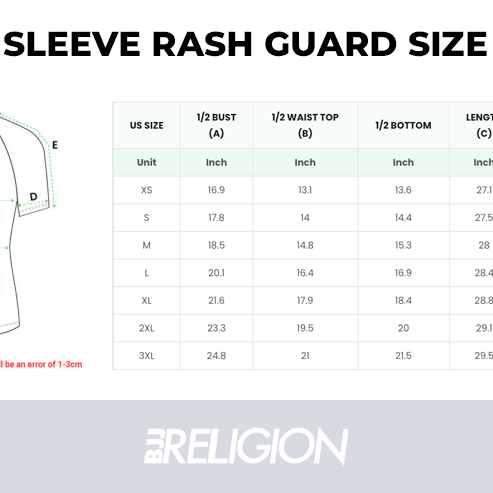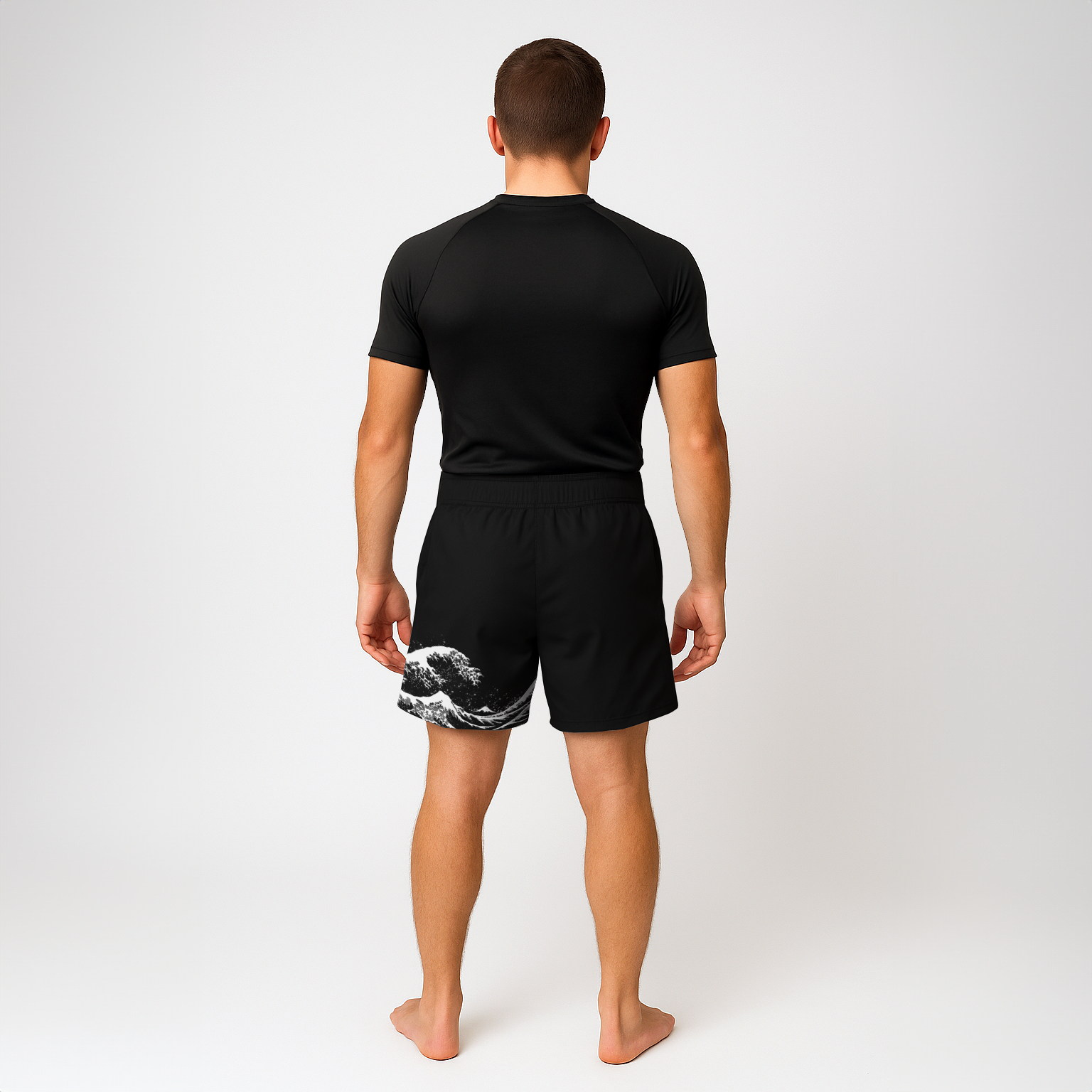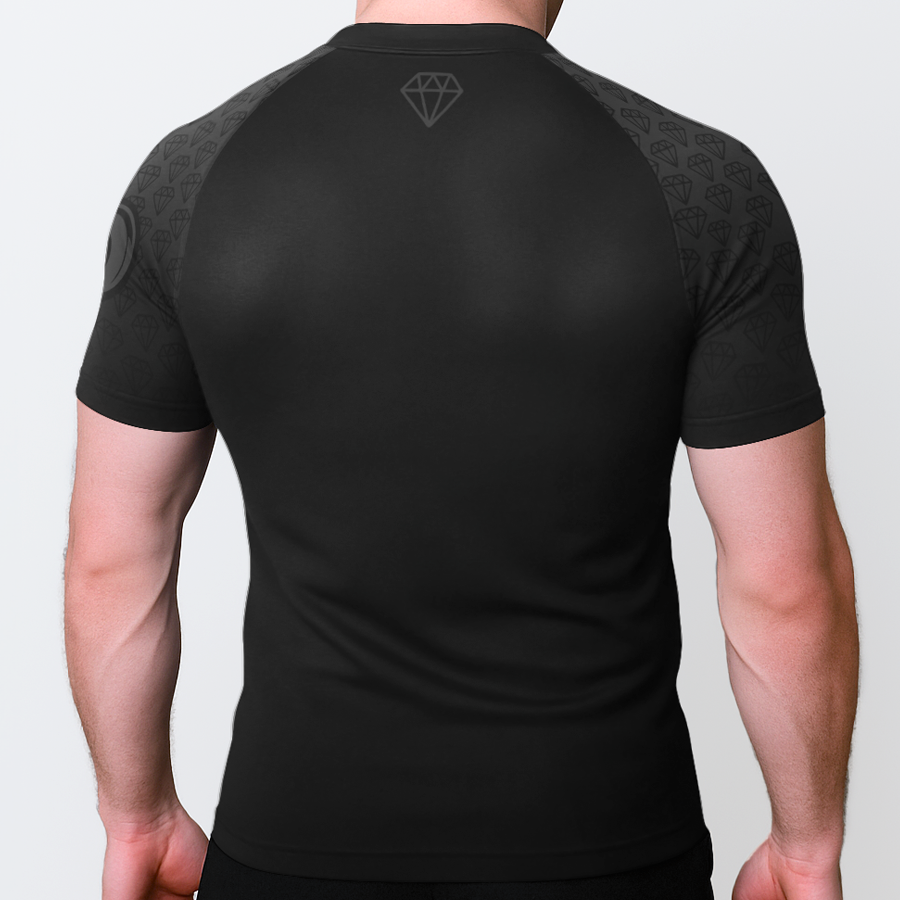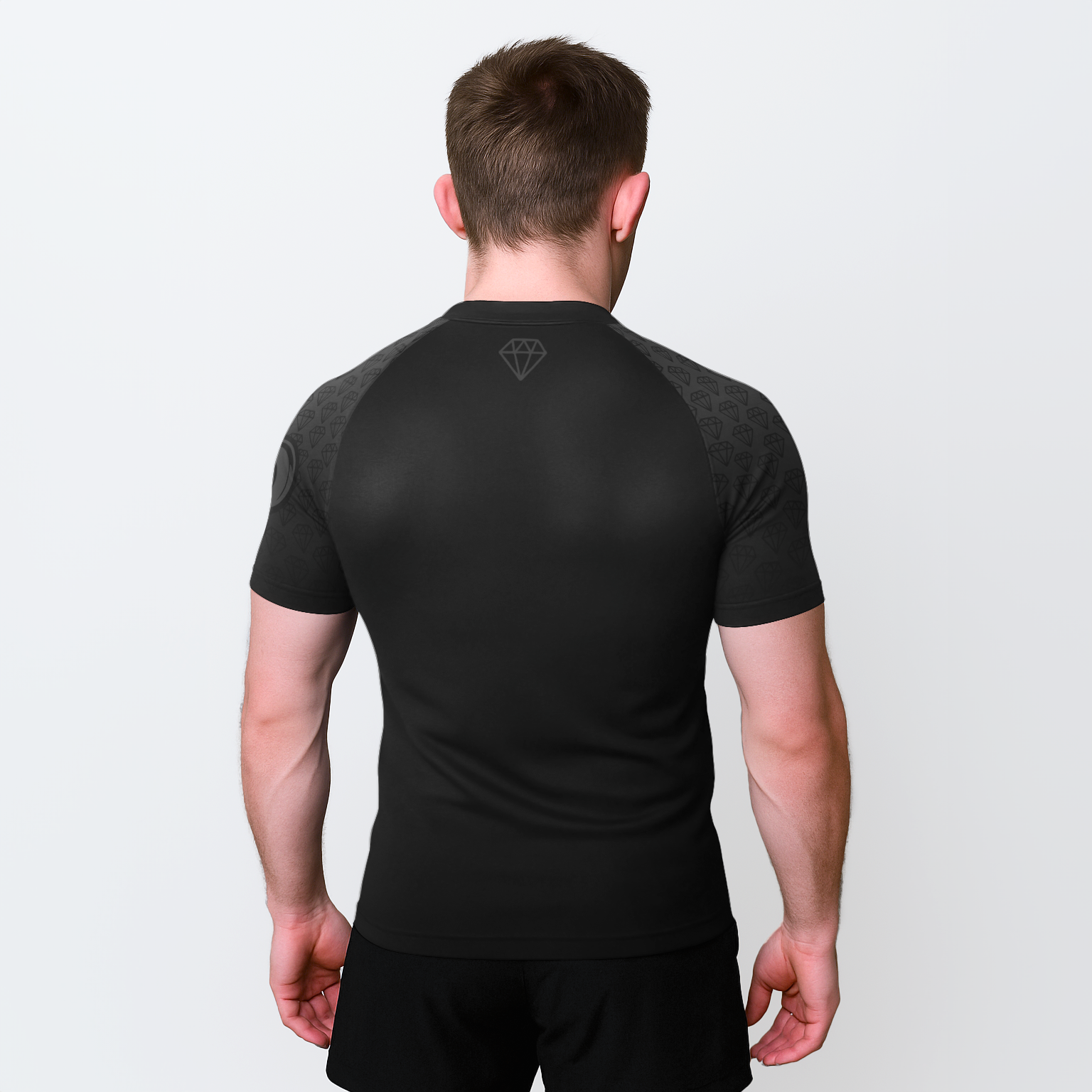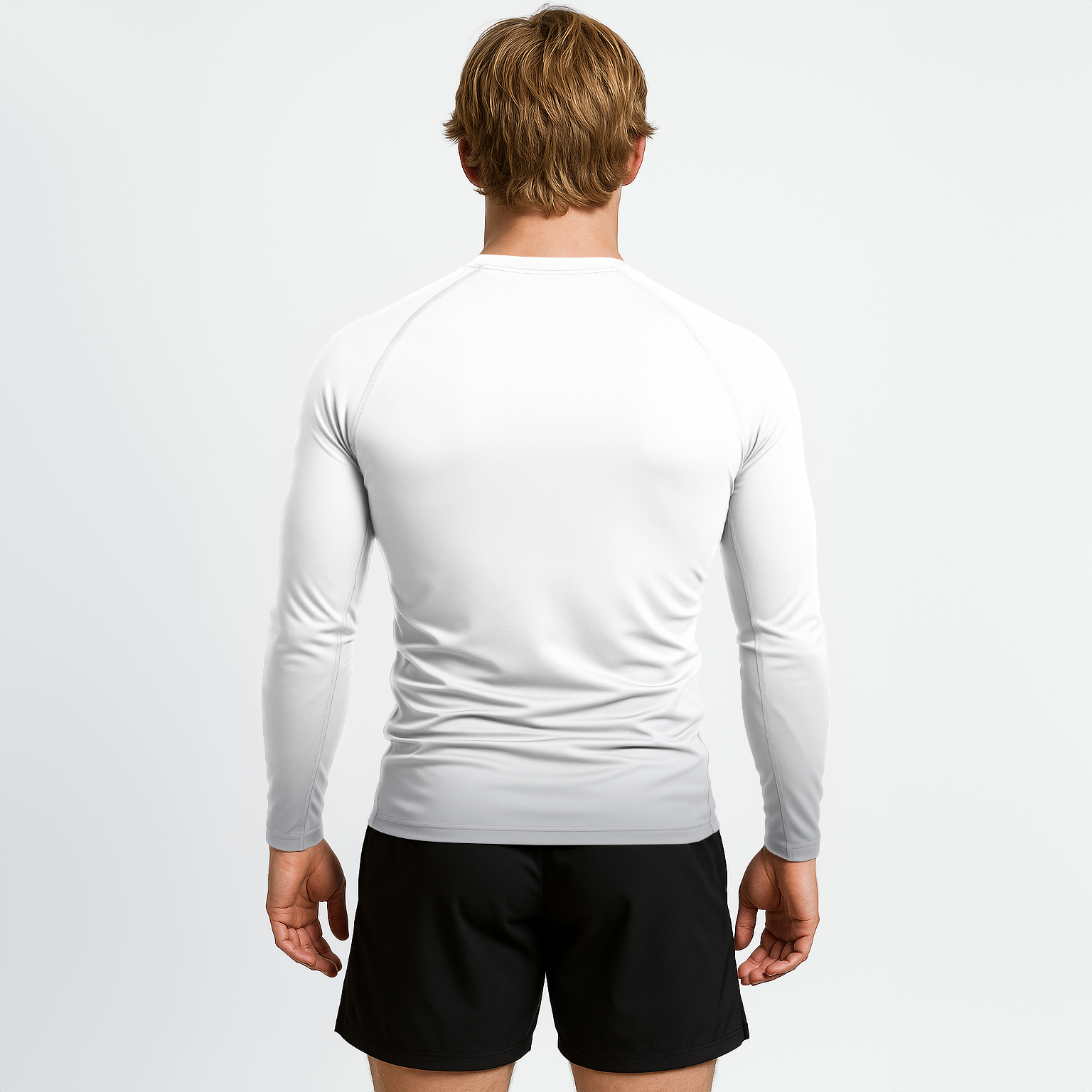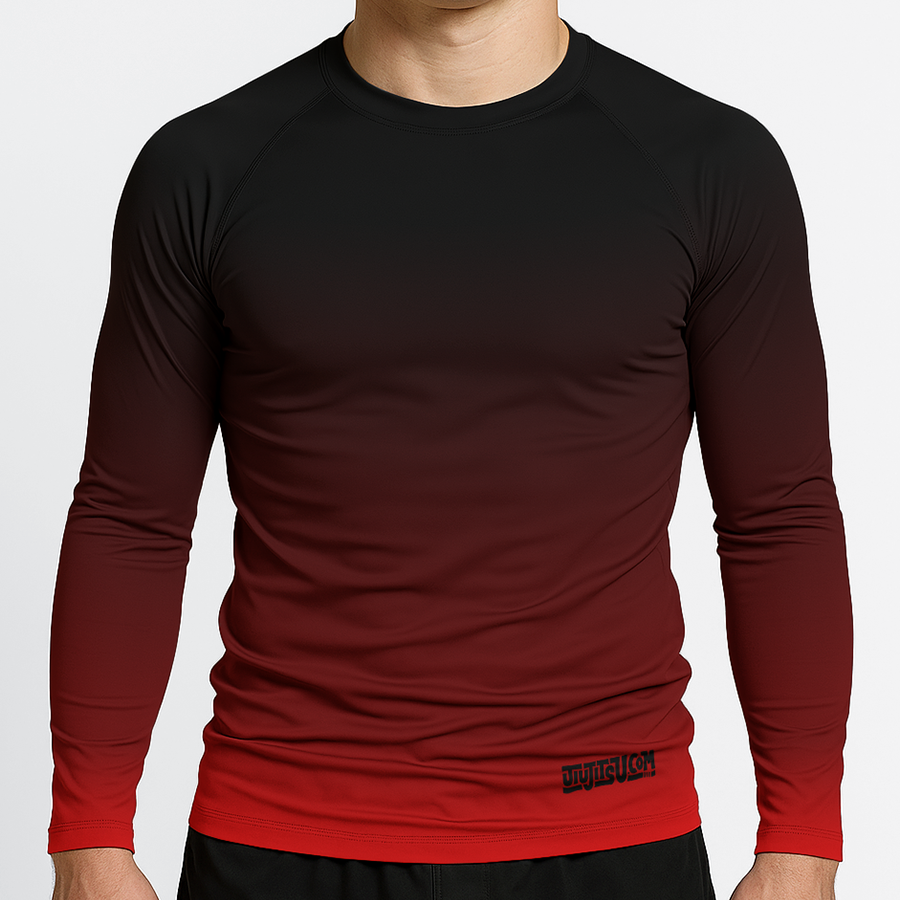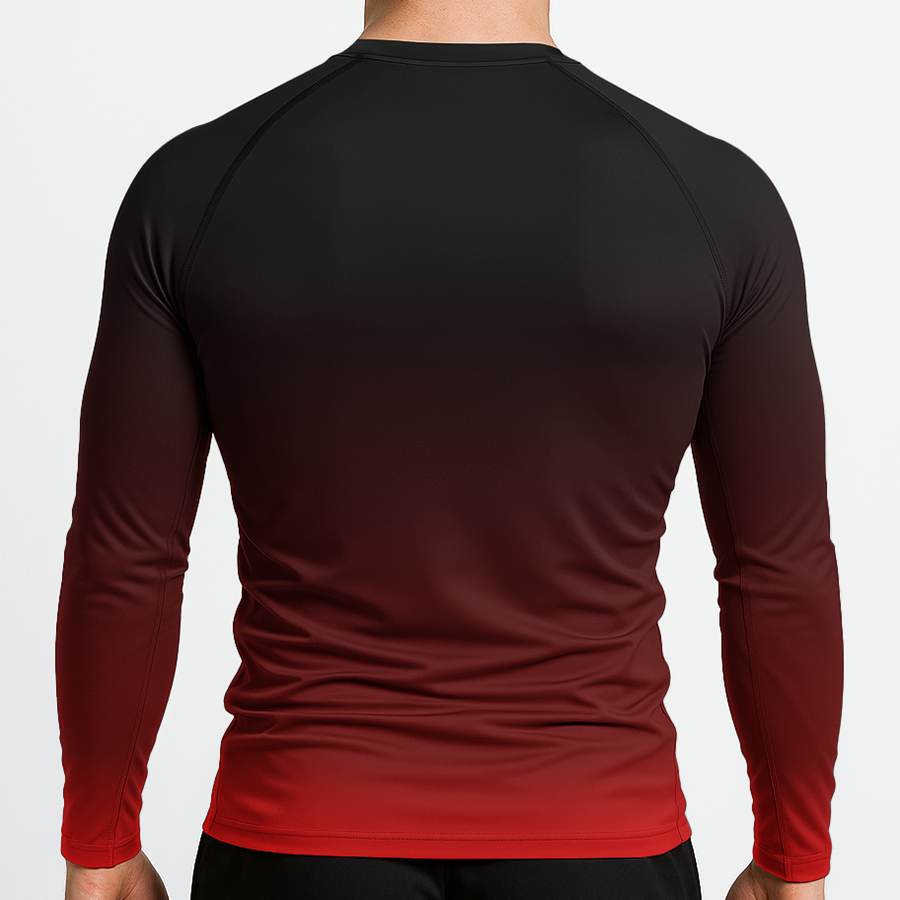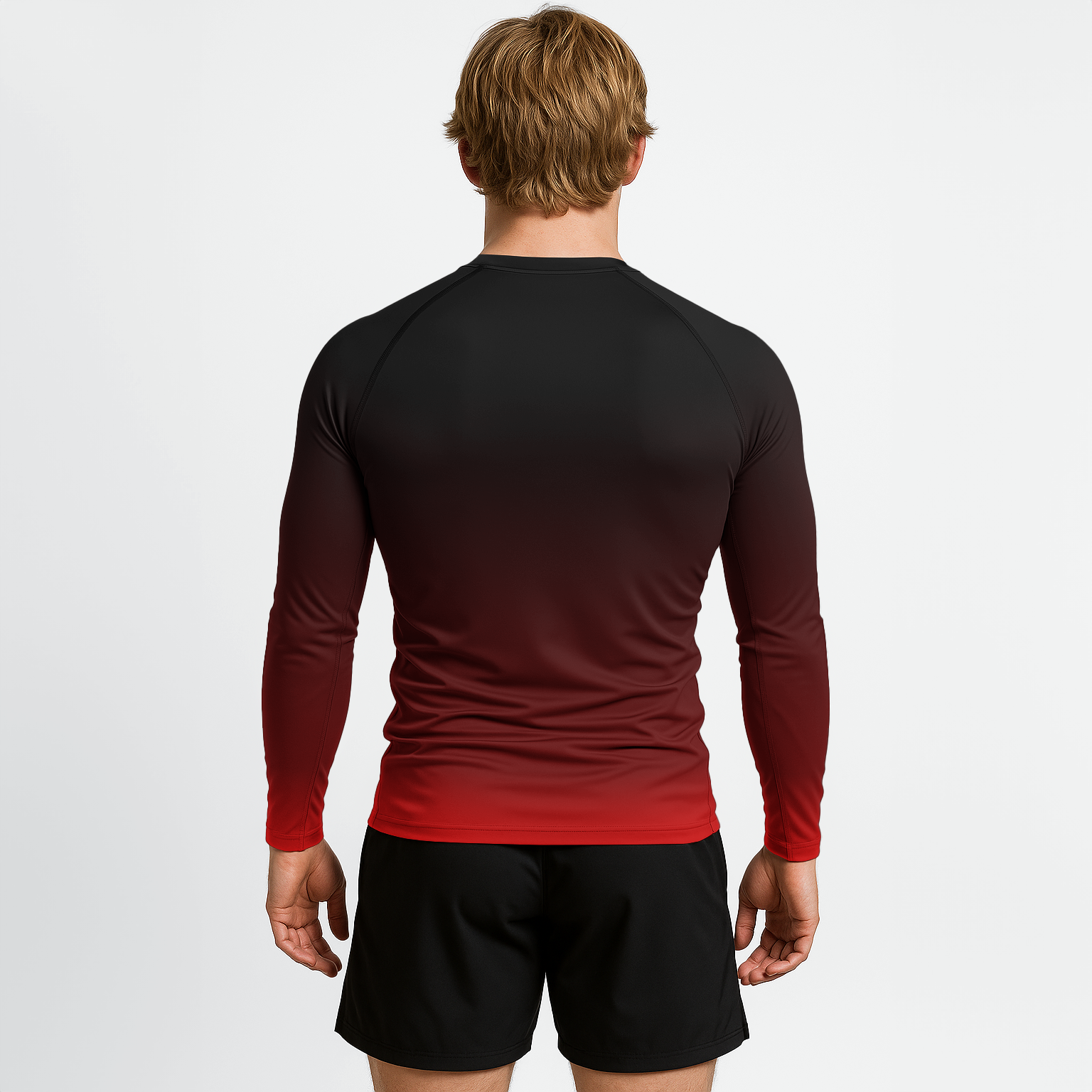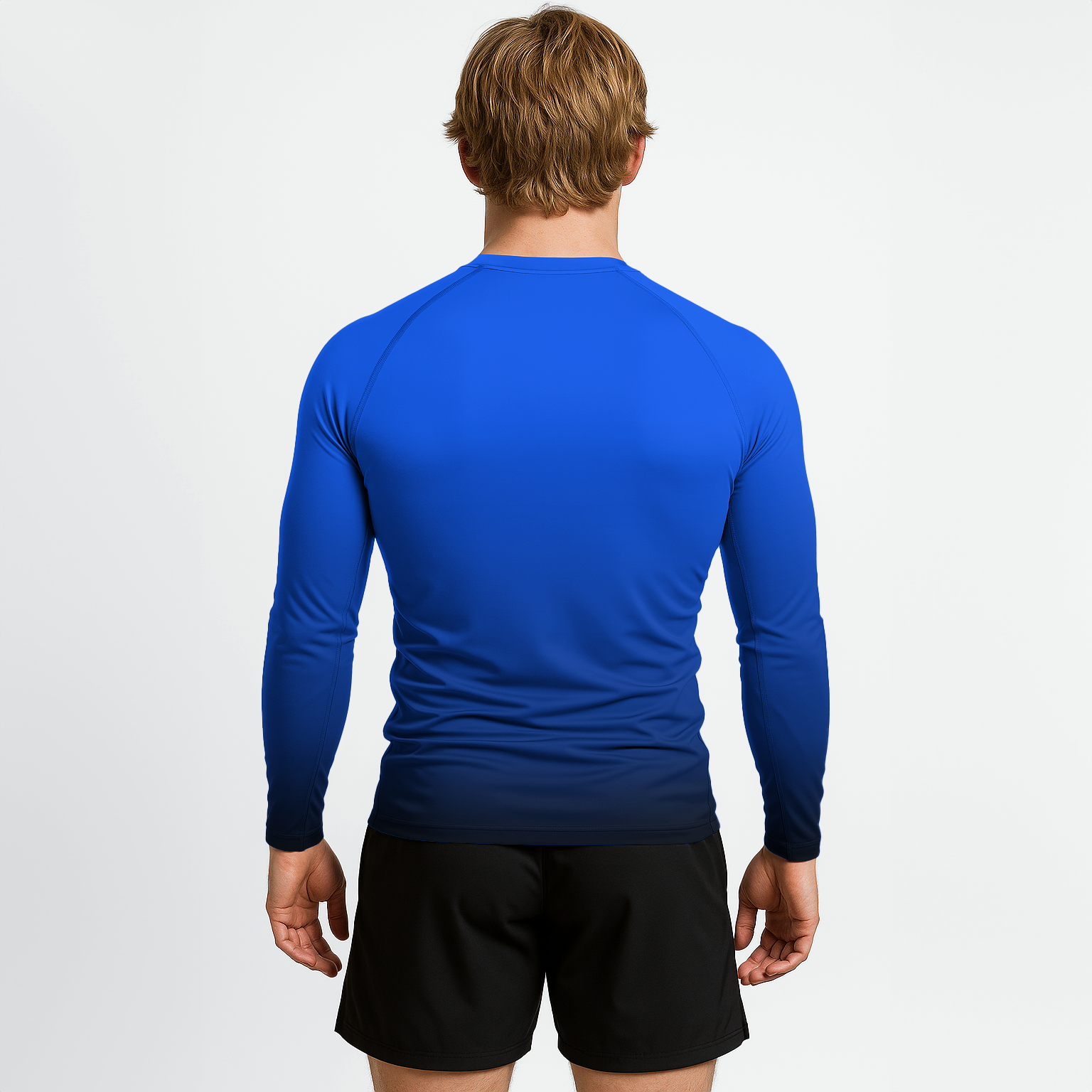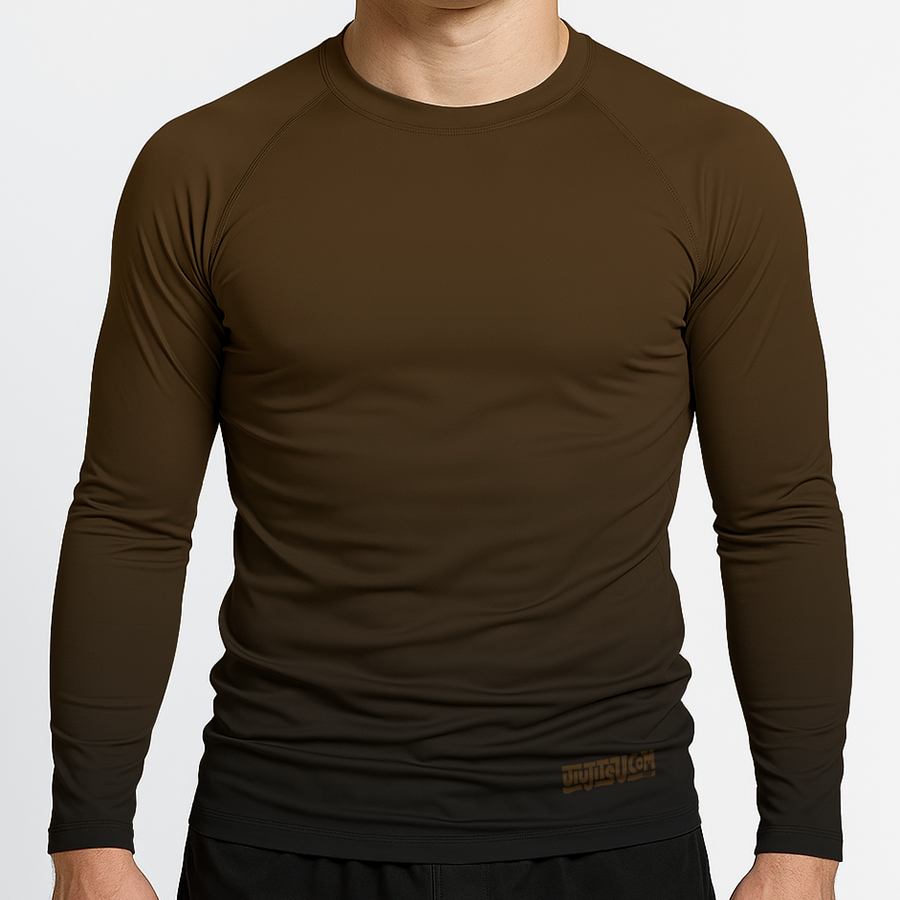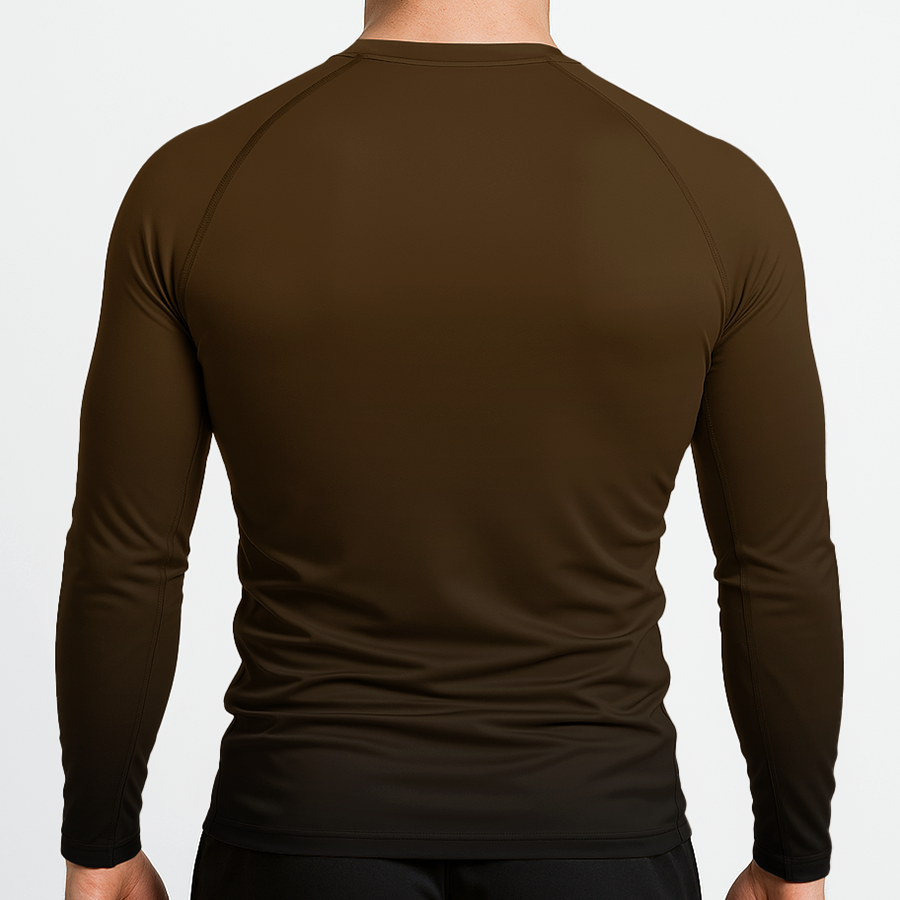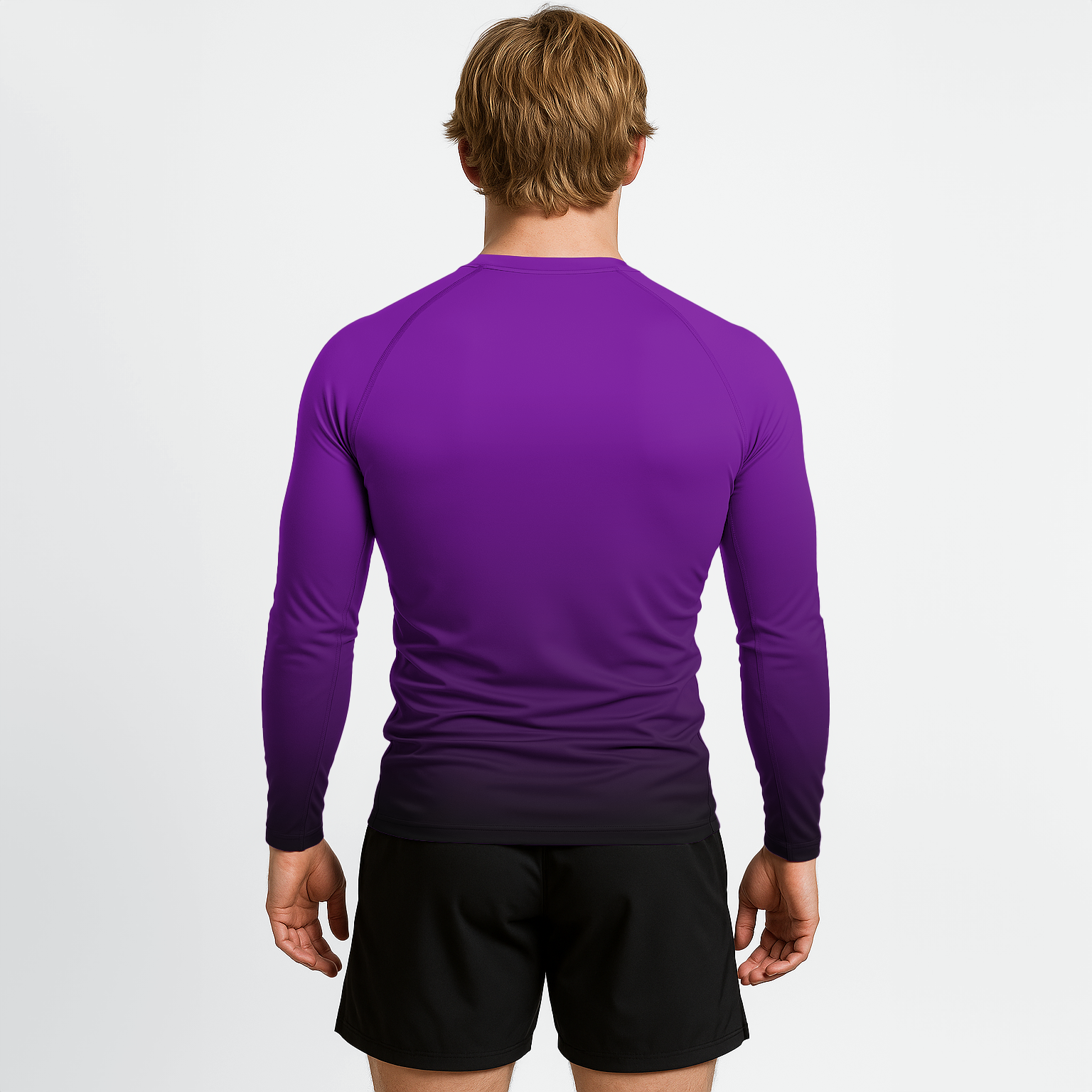How To Shut Down And Pass Any Guard
Passing the guard is among the most grueling tasks in Brazilian Jiu Jitsu.
Whether you are dealing with a tricky spider guard or just fighting to break open an old fashioned closed guard, proper technique is key for avoiding sweeps and submissions while pursuing your top control.
Luckily, in our Denilson’s Tricky Guard Passing Instructional, BJJ Black Belt Denilson Pimenta shows his methods for shutting down and passing some of the most common (and annoying) guards in jiu jitsu.
The list of guards you’ll learn to pass includes the following:
- Closed guard
- Half guard
- Deep half guard
- Butterfly guard
- Spider guard
In this article, we preview two of these guard passes. One for opening and passing the closed guard, and one for passing spider guard.
For full access to this course and all our premium courses, pick up a JiuJitsu.com Gold Membership today!
Closed Guard Knee in Step Up Pass
The closed guard is likely one of the first positions you ever learned in BJJ. Regardless of belt level, this position comes up constantly during training, competition, and even in many street fight and self-defense situations.
The closed guard has you on your knees with your partners legs around your waist and their ankles crossed behind your back.
Other than avoiding sweeps and submissions, the first step to passing closed guard is virtually always to open your opponent’s legs.
While some opponent’s may crack easily or open on their own, other opponents will be stubborn and give you much difficulty opening their guard.
With Denilson’s Closed Guard Knee In Step Up Pass, you can overcome stubborn closed guards with pressure and leverage. From there, you will completely control your opponent until you finally land in side control.
To perform Denilson’s Closed Guard Knee In Step Up Pass:
- Begin in your opponent’s closed guard.
- With your left hand, take a grip on your opponent’s Gi pants at the waistline. Do not grab the belt as it can move.
- Lift your left elbow while maintaining your grip and crank it into the inside of your opponent’s right thigh and lock it in by pushing it into the groin. Continue sliding your hips backwards as you pressure your opponent with your knee to force their guard open.
- Grip your opponent’s left sleeve at the wrist with your right hand and bring it across the midline of their body.
- Bring your right knee backwards and your left knee to the middle of your opponent’s hips and base out until your right and left thighs form a right angle, with your left knee pointing directly into your opponent.
- Raise your left knee up by sliding it through your opponent’s hips until your left foot reaches the floor and your left shin is splitting your opponent’s guard.
- Slide your left knee to the floor outside of your opponent’s right hip and staple their thigh down by firmly dropping your knee to the floor.
- Slide your right leg forward and plant your foot. Your opponent’s left thigh should be shelved on the top of your right thigh with your overall body in a combat base position.
- Bring your right elbow to your right shin to trap your opponent’s left thigh in position.
- Hug your opponent’s head with your left arm. Secure the hug by grabbing all the way across their back to their left shoulder.
- Drive your head forward to put more pressure on your opponent.
- Step your right foot back to clear your opponent’s guard with your right leg.
- Slide your left leg towards your opponent’s head to free your foot.
- Establish side control.
This method of passing the closed guard relies on the pressure from the wedge created by your knee against your opponent’s tail bone as your pry their guard open.
When performed effectively, this pass should keep your opponent locked down throughout the entire path. This is a great option for preventing scrambles or relying on athleticism.
Spider Guard Standing Pass
Spider guard is a pesky and annoying guard that has your opponent controlling your wrist sleeve with same side grips and their feet on your biceps.
This gives your opponent the ability to push and pull your upper body by completely dominating both of your arms.
They can also off-base you by extending you on one side while pulling you in on the other.
Passing the spider guard requires you to change your angle to prevent your opponent’s leg power from dominating you.
This is exactly the principle Denilson uses to shut down an opponent’s spider guard with the stand up pass.
To perform Denilson’s Spider Guard Stand Up Pass:
- Begin in your opponent’s spider guard.
- Your opponent controls your left wrist sleeve with their right hand and vice versa.
- Their feet are on your biceps and the left leg is extended, driving your right elbow towards the ceiling. Their right knee is pulled towards their chest, extending your left arm and twisting the left side of your upper body towards them.
- Take a grip on your opponent’s Gi pants on both sides. Grip the area that is already underneath your hands when in spider guard.
- Kick your right leg back then swing it forward and plant your right foot on the floor next to your opponent’s left hip, just above the hip crease.
- As you step your right foot down, drive your hips forward into the back of your opponent’s legs. This should result in their feet being dislodged from your biceps.
- Continuing with the momentum of your hip drive, use your grip on the Gi pants to push your opponent’s legs across their body and into the floor to the right. This should cause them to face away from you.
- Sprawl back as you push their legs away until your chest is on their hip and lower torso.
- Pummel for collar control and settle into side control.
You must do each step in the correct order or your opponent will have an easy time pulling you into their game.
Note: this lesson is only available with a Gold membership.
Passing The Guard: The Bottom Line
Sharpening your guard passing will do wonders for both your gi Jiu Jitsu and nogi grappling game. Your opponent’s will fear playing guard as they sense your passing abilities exceed their retention capabilities, causing them to make costly errors as they fight back.
You will have gravity on your side when passing, allowing you to tire out your opponent more efficiently without having to carry any of their weight.
Finally, once you have passed guard, you are in an excellent position to continue racking up points or hunting for the submission.
With Denilson’s Tricky Guard Passing, you will sharpen the details on the guard passes you know and potentially learn some completely new options for dealing with the peskiest of guards.
For full access, pick up a Gold Membership today!
Happy passing!






















